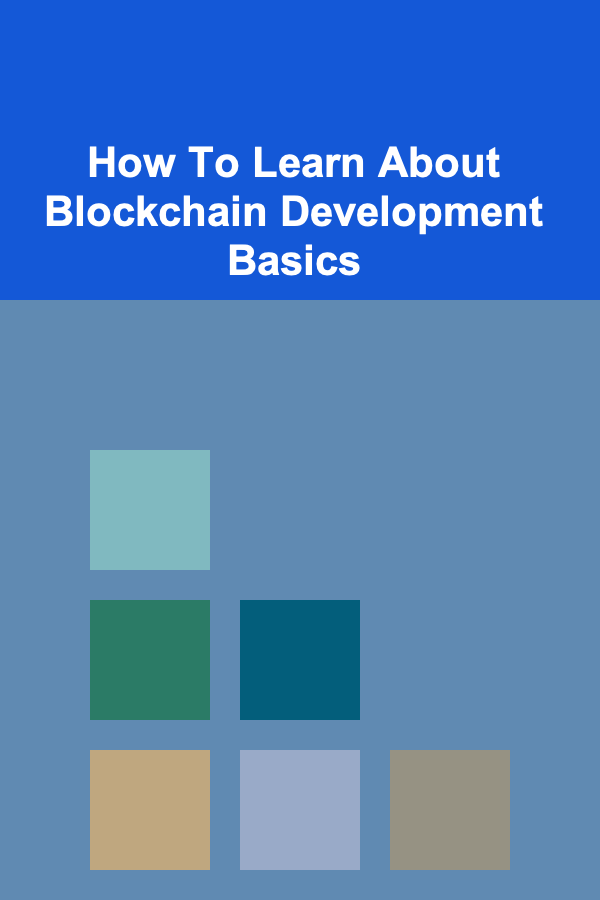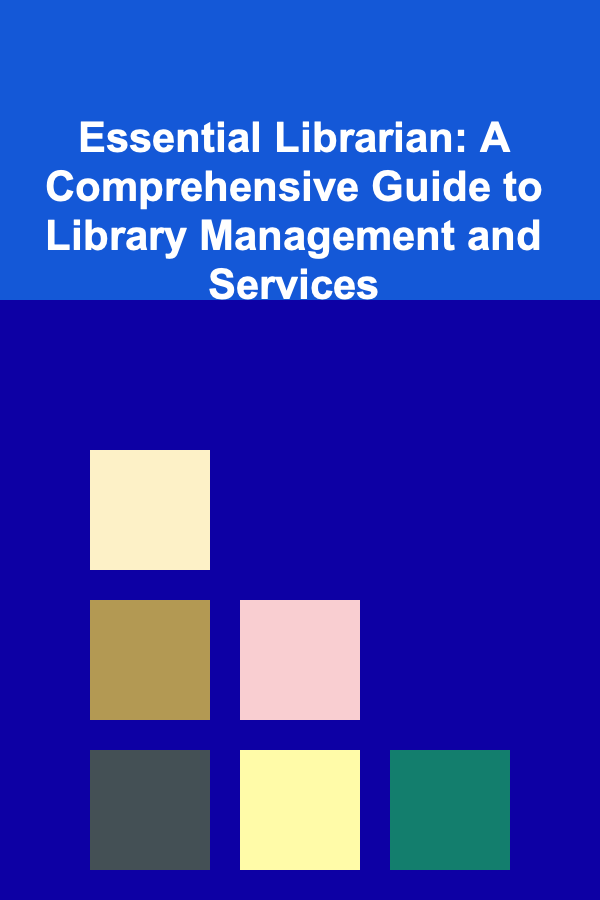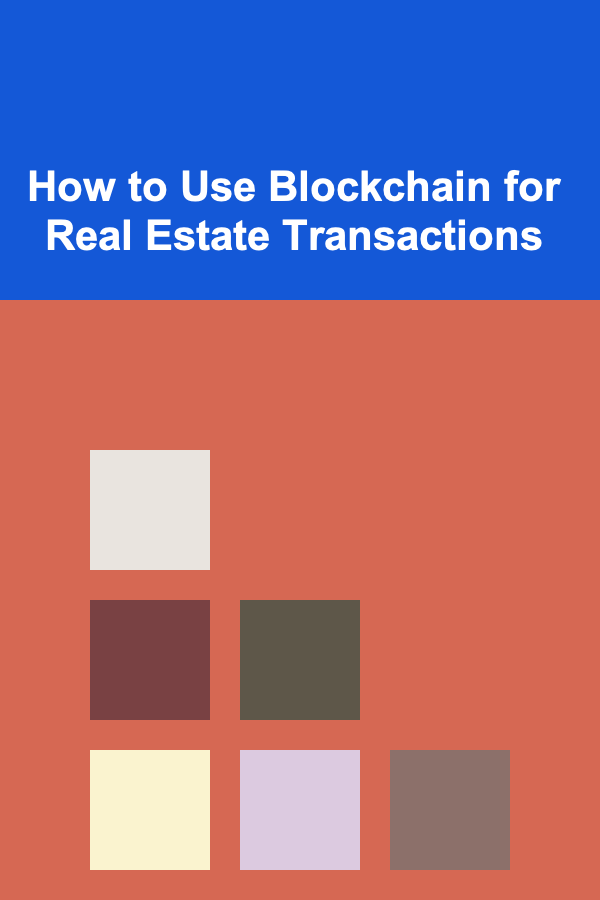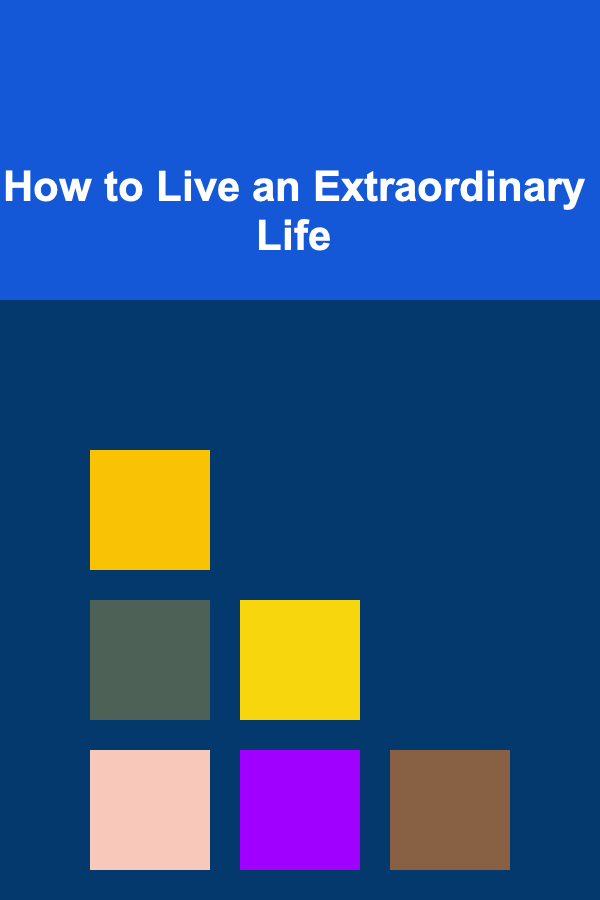
How To Learn About Blockchain Development Basics
ebook include PDF & Audio bundle (Micro Guide)
$12.99$5.99
Limited Time Offer! Order within the next:

Blockchain technology has revolutionized the way we think about data management and security. It's the backbone of cryptocurrencies like Bitcoin and Ethereum but has far-reaching applications beyond just digital currencies. Blockchain's decentralized, immutable, and transparent nature has made it a crucial technology in various sectors, including finance, supply chain, healthcare, and even governance.
Learning blockchain development basics is a highly valuable skill in today's tech world. If you are eager to delve into this fascinating domain, this guide will take you through the fundamental concepts of blockchain development, the tools you need, and the steps required to become proficient in building blockchain-based applications.
Understanding Blockchain Fundamentals
Before you dive into blockchain development, it's essential to understand its fundamental concepts. Blockchain is a distributed ledger technology that allows multiple parties to securely store and share data in a decentralized manner. Here are some of the key components:
1. What Is Blockchain?
At its core, a blockchain is a decentralized database that stores information in blocks. These blocks are linked together in a chain, hence the name "blockchain." Each block contains a list of transactions or data, along with a timestamp and a cryptographic hash of the previous block, ensuring the chain's integrity.
Blockchain uses a consensus mechanism to validate transactions across a network of computers, ensuring that no single entity controls the system. This decentralized approach makes blockchain incredibly secure and resistant to tampering.
2. Blockchain Components
To better understand how blockchain works, it's crucial to familiarize yourself with its components:
- Block: A block consists of a header (which contains metadata such as a timestamp and a reference to the previous block) and a body (which contains the actual data or transactions).
- Hash: A hash is a unique string of characters that represents the content of a block. This cryptographic hash is used to link blocks together and verify the integrity of the chain.
- Consensus Mechanism: This is the protocol that helps achieve agreement on the validity of transactions. Common consensus mechanisms include Proof of Work (PoW) and Proof of Stake (PoS).
- Smart Contracts: Smart contracts are self-executing contracts with the terms of the agreement written directly into lines of code. They run on blockchain platforms like Ethereum.
3. Types of Blockchains
Blockchain networks can be broadly classified into three categories:
- Public Blockchains: These are open to anyone and are decentralized, allowing anyone to participate in the consensus process (e.g., Bitcoin, Ethereum).
- Private Blockchains: These are permissioned blockchains, where only selected participants can join the network and validate transactions.
- Consortium Blockchains: A hybrid of public and private blockchains, consortium blockchains allow a group of organizations to collectively manage the blockchain.
Prerequisites for Blockchain Development
Before you start developing blockchain applications, you need to have a basic understanding of several foundational technologies. Here's a list of essential prerequisites:
1. Programming Languages
Blockchain development often involves working with various programming languages. While different blockchains may have their own specific languages, here are some of the most commonly used ones:
- Solidity: This is the primary language for developing smart contracts on the Ethereum blockchain.
- JavaScript: Many blockchain applications, especially those that interact with the web, require JavaScript for front-end development.
- Python: Python is widely used for blockchain development due to its simplicity and wide range of libraries for cryptographic functions.
- Go (Golang): Go is favored for developing high-performance blockchain solutions, especially with platforms like Hyperledger Fabric.
2. Cryptography
Blockchain technology relies heavily on cryptography to secure data. You should have a basic understanding of cryptographic principles, including:
- Public and Private Keys: These keys are used for encryption and decryption of data and digital signatures.
- Hashing Algorithms: Hashing is fundamental to ensuring the integrity of data in a blockchain. You need to understand how algorithms like SHA-256 (used in Bitcoin) work.
- Digital Signatures: Blockchain transactions are verified using digital signatures, ensuring that only authorized parties can initiate transactions.
3. Data Structures
A good grasp of data structures, especially linked lists and hash tables, is essential for understanding how blocks and chains work. Additionally, understanding how decentralized networks maintain and synchronize distributed data is crucial.
4. Basic Networking
Since blockchain networks are decentralized and peer-to-peer (P2P), understanding how computer networks work is important. You should have a basic understanding of concepts like TCP/IP, P2P protocols, and how nodes in a blockchain communicate with one another.
Key Tools and Platforms for Blockchain Development
To start developing on the blockchain, you'll need to work with various development tools and platforms. Here are some of the most widely used tools for blockchain development:
1. Ethereum
Ethereum is one of the most popular platforms for building decentralized applications (dApps) and smart contracts. Ethereum provides the tools and infrastructure needed to create complex blockchain-based applications. The programming language for Ethereum development is Solidity, and the Ethereum Virtual Machine (EVM) executes smart contracts on the platform.
2. Truffle Suite
Truffle is one of the most popular development frameworks for Ethereum-based blockchain applications. It provides a set of tools that simplify the development of smart contracts, including a testing framework and an asset pipeline. Truffle also allows developers to deploy and manage their applications with ease.
3. Ganache
Ganache is a personal Ethereum blockchain used for developing and testing dApps. It enables developers to simulate blockchain transactions locally, making it easier to test their smart contracts before deploying them on the main Ethereum network.
4. Remix IDE
Remix IDE is a web-based integrated development environment (IDE) for Solidity smart contract development. It's an excellent tool for writing, testing, and deploying smart contracts. It also offers features like Solidity debugging and testing.
5. Hyperledger Fabric
Hyperledger Fabric is an open-source framework for building permissioned blockchain solutions. It is widely used in enterprise-level applications, such as supply chain management, where privacy and control are crucial.
6. IPFS (InterPlanetary File System)
IPFS is a decentralized file storage system that can be used to store and share data across a blockchain network. It's often used in conjunction with smart contracts to store off-chain data (i.e., data that doesn't need to be stored on the blockchain itself but needs to be accessible).
Steps to Learning Blockchain Development
Here's a roadmap to guide you on your blockchain development journey.
Step 1: Learn the Basics of Blockchain Technology
Start by thoroughly understanding the basics of blockchain. There are numerous resources available online that can help you grasp the foundational concepts. Read articles, watch videos, and take online courses to learn how blockchain works, its components, and its applications.
Step 2: Pick Your Blockchain Platform
Once you understand the core principles of blockchain, decide which platform you want to develop on. Ethereum is the most popular platform for smart contract development, but you might also explore other platforms like Hyperledger, Polkadot, or Solana, depending on your use case.
Step 3: Learn Programming Languages
If you're not already familiar with the necessary programming languages, invest time in learning them. Start with Solidity for smart contracts on Ethereum, and then learn JavaScript for front-end development, along with Python or Go for back-end or blockchain node development.
Step 4: Explore Blockchain Development Tools
Familiarize yourself with the development tools and frameworks available for blockchain development. Install and experiment with tools like Truffle, Ganache, Remix IDE, and learn how to interact with smart contracts on the Ethereum network.
Step 5: Build Simple Projects
Start by building simple blockchain applications to get hands-on experience. Create a simple cryptocurrency, implement basic smart contracts, or build decentralized applications (dApps) on a test network. This will help you gain practical knowledge and experience with the development process.
Step 6: Deepen Your Knowledge of Blockchain Architecture
As you continue to build projects, dive deeper into blockchain architecture. Study the different consensus mechanisms, explore how distributed ledgers work, and learn about different types of blockchain architectures (e.g., private, public, consortium).
Step 7: Contribute to Open-Source Projects
One of the best ways to learn blockchain development is by contributing to open-source blockchain projects. Many blockchain projects are open-source, and you can learn a lot by collaborating with other developers, reviewing code, and solving real-world problems.
Step 8: Stay Updated
Blockchain technology is evolving rapidly. Stay up-to-date with the latest developments, trends, and advancements in the space. Follow blockchain blogs, join developer communities, and attend conferences to stay ahead of the curve.
Conclusion
Blockchain development is an exciting and highly rewarding field that requires a combination of technical skills, creativity, and problem-solving abilities. By understanding the basics of blockchain technology, learning the necessary programming languages, and using the right tools and platforms, you can start developing your own blockchain applications.
As blockchain technology continues to evolve, the demand for blockchain developers will only increase. Whether you're interested in cryptocurrencies, decentralized finance (DeFi), or building enterprise blockchain solutions, learning blockchain development can open up a world of opportunities. Keep practicing, stay curious, and embrace the exciting possibilities that blockchain technology offers.

Essential Librarian: A Comprehensive Guide to Library Management and Services
Read More
How to Use Blockchain for Real Estate Transactions
Read More
How To Prevent Osteoporosis Through Nutrition
Read More
How to Manage Customer Service for Your POD Business
Read More
Kayaking Through Wild Rivers: A Comprehensive Guide
Read More
How to Live an Extraordinary Life
Read MoreOther Products

Essential Librarian: A Comprehensive Guide to Library Management and Services
Read More
How to Use Blockchain for Real Estate Transactions
Read More
How To Prevent Osteoporosis Through Nutrition
Read More
How to Manage Customer Service for Your POD Business
Read More
Kayaking Through Wild Rivers: A Comprehensive Guide
Read More